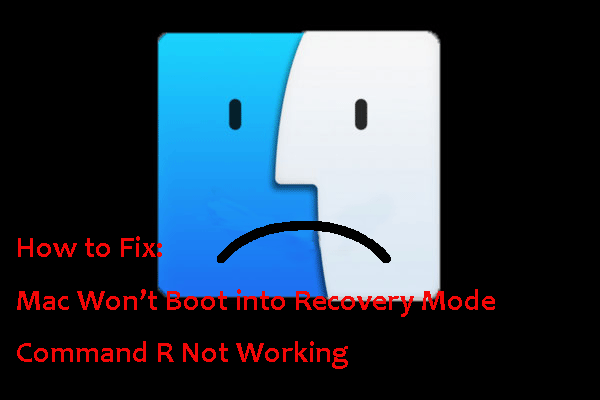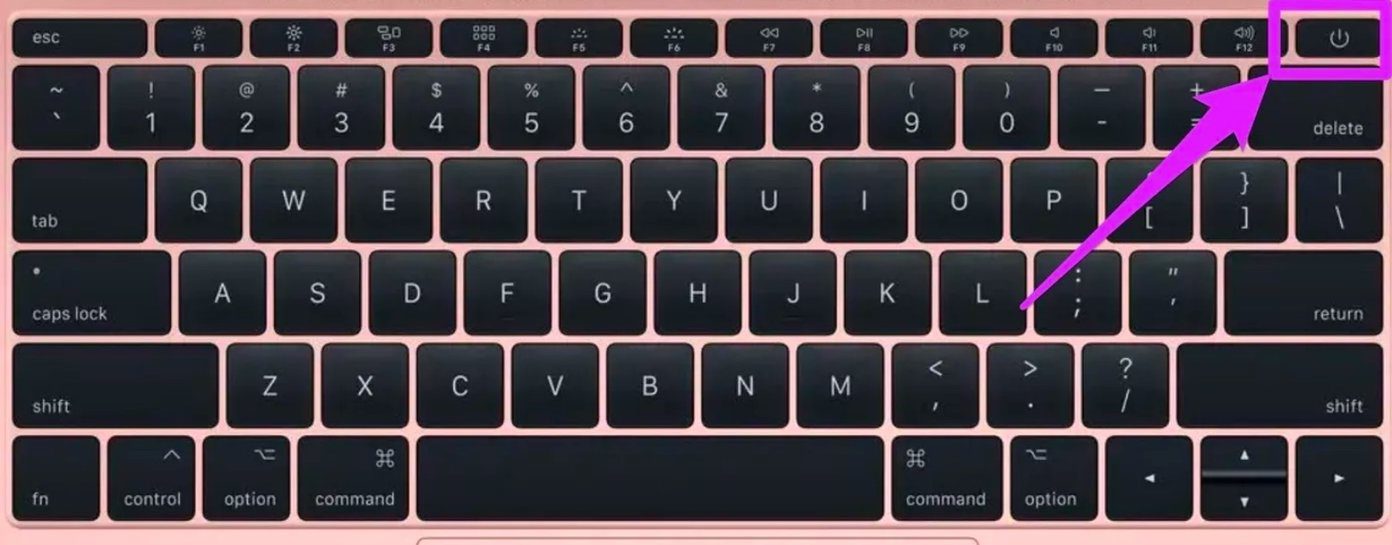

- #START MAC IN REPAIR MODE HOW TO#
- #START MAC IN REPAIR MODE SOFTWARE#
- #START MAC IN REPAIR MODE FREE#
This step may resolve a range of issues with your machine, including if your Mac won’t start up normally. That might be enough to make your Mac start up normally again If Disk Utility finds any problems, it will try to fix them.
Click the name of your Mac’s hard drive in the list. In the macOS Utilities window, select Disk Utility. If you have an M1 Mac, press and hold the power button to load the startup option window. If you have an Intel Mac, turn it on, then press and hold Cmd + R after the startup chime to enter Recovery. If you’re unable to get into macOS, then good news: it runs in Recovery mode too, which you can start before the operating system loads.įollow these steps to run Disk Utility in Recovery mode: 
This tool comes with every copy of macOS, and it’s great for finding and fixing disk-related problems. In such cases, Disk Utility should be one of the first things you try. If your Mac won’t start up, it’s possible that some problem is affecting your hard drive. Check out Apple’s instructions on resetting your SMC for more information. Note that the SMC reset procedure varies slightly depending on your Mac model.
Press the power button to turn on your Mac. Release all the keys and the power button at the same time. When your Mac is off, press the left-side Shift + Ctrl + Opt keys and the power button at the same time. Disconnect everything from your computer other than the power. 
This is how you reset the SMC on your Intel-based Mac: Newer Macs, which use Apple’s own M1 processor, don’t have an SMC you can reset. Note, however, this is only possible with Intel Macs. If your Mac isn’t turning on, resetting the System Management Controller (SMC) might be a good idea.
For desktop Macs that won’t start, unplug the power cord, wait for 10 seconds, then plug it back in. Now wait for 10 seconds, before you reinstall the battery and start your Mac as usual If your MacBook has a removable battery, shut it down, and remove the battery. Wait for 10 seconds before starting your Mac as usual If you have a MacBook with a non-removable battery, press and hold the power button for 10 seconds. Sometimes this technique works with frozen Macs that don’t respond to brief power button presses. When you power-cycle a Mac, you force it to restart after killing the power to it for a while. Try reinstalling the old component to see if it fixes your problem If you’ve upgraded your RAM, for example, make sure it’s compatible. Check any hardware components you’ve recently installed. If you’re using an external monitor, make sure it’s connected properly and turned on. Moreover, you can try to plug it in for at least five minutes to charge the battery If you’re using a MacBook, make sure it has the right power cable and adapter. You can simply check it by plugging in something else, like a lamp or your phone charger Next, make sure that the electrical outlet is working. Make sure that the connection to the power socket is ok and the cable itself isn’t damaged It may sound obvious, but you should check your Mac’s power cable first. This is the hardware you should check if your Mac won’t boot properly: So if you find your Mac won’t start, then you should check everything is working as it should and is plugged in correctly. There are several pieces of hardware involved when you start up your Mac. If your Mac shows none of these signs of life, then it’s very likely to be a power issue. Look for signs of life such as the startup chime, fan noise, or light indicators when you press the Caps Lock button, etc. #START MAC IN REPAIR MODE HOW TO#
Here’s how to check your Mac for power problems: Or if your MacBook won’t boot, it could be because it’s not charged. But before you look at anything else, you should establish the fundamentals, like making sure your Mac is plugged in. There are many possible reasons why your Mac won’t turn on. Here’s what to do if your Mac won’t turn on:
#START MAC IN REPAIR MODE FREE#
Try it out now with one free fix included, and see for yourself.
If MacKeeper finds any malware, select it, and click the Quarantine buttonĪs well as antivirus, MacKeeper features disk cleanup tools, a Duplicates Finder, VPN and more. In MacKeeper, select Antivirus from the sidebar. #START MAC IN REPAIR MODE SOFTWARE#
One potential cause is malware, so you should always make sure you have antivirus software installed and run regular scans. Whether you have a MacBook Pro, MacBook Air, or even an iMac that won’t boot, this article will help you to work out what the problem is and to fix it.įinding your Mac won’t boot is annoying, to say the least. Thankfully, there are ways to fix this problem. But sometimes things can go wrong, and you may find your Mac won’t start. Normally, when you turn on your Mac, it will load into macOS fairly quickly and without any problems.







 0 kommentar(er)
0 kommentar(er)
